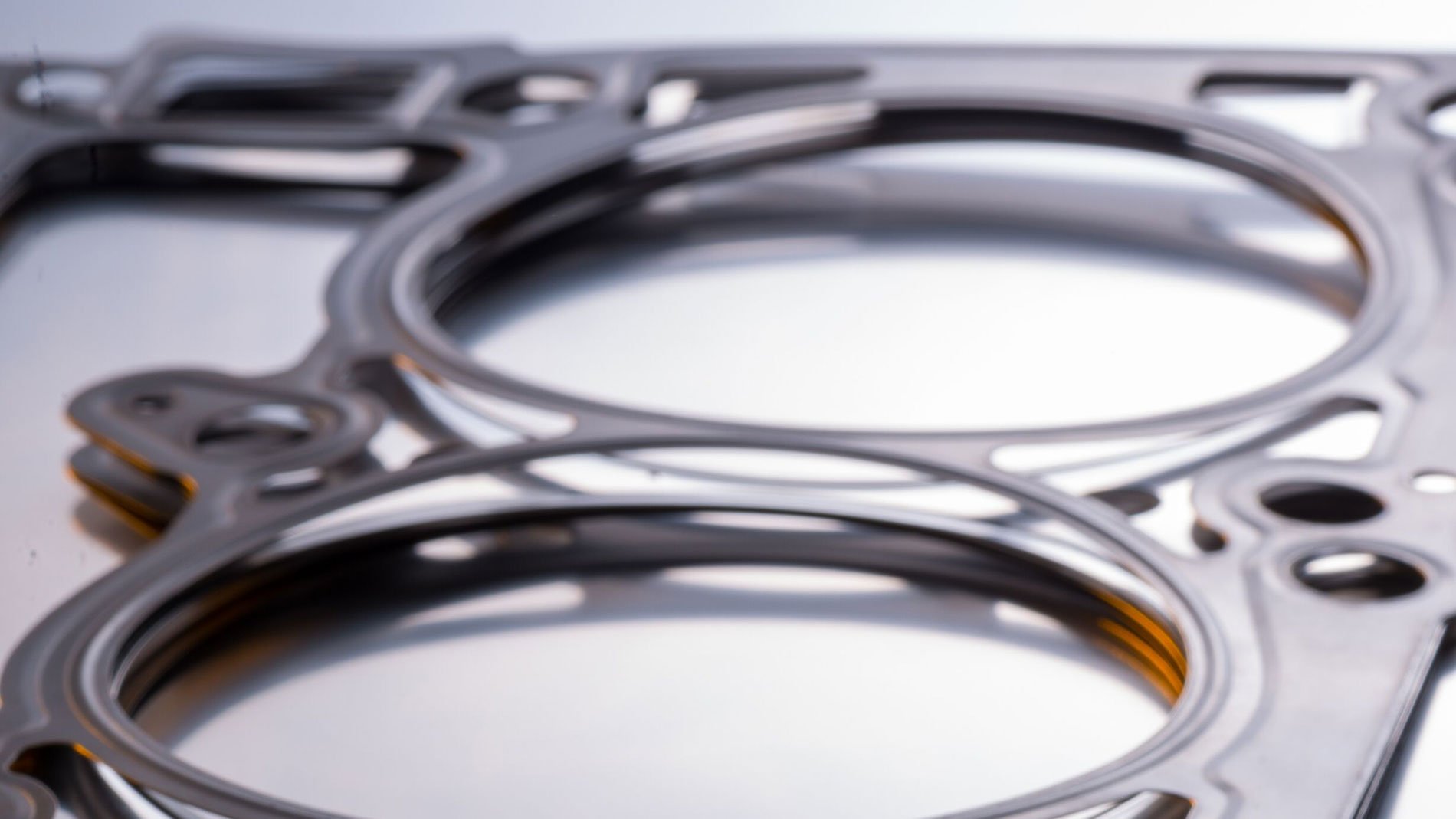- Joined
- Nov 26, 2009
- Messages
- 3,088
I just got this photo of some Kenny Dreer 880 pistons. You can see the extra metal added to improve the air turbulance by redesigning and tighening up the squish band. Unfortunately this added weight to the pistons and increased vibration stress at high RPM. The pistons are 79mm which is about as big as you can go with stock cylinders. Years ago Kenny D contacted me about lighter pistons, but it was too late by then and he was moving on to the completely redesigned 961.




